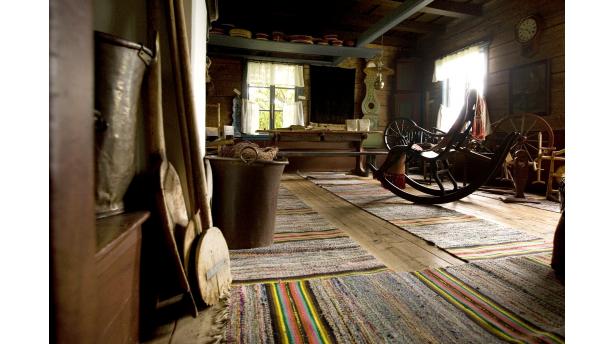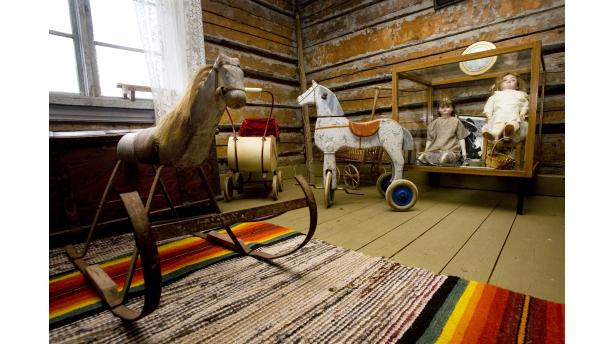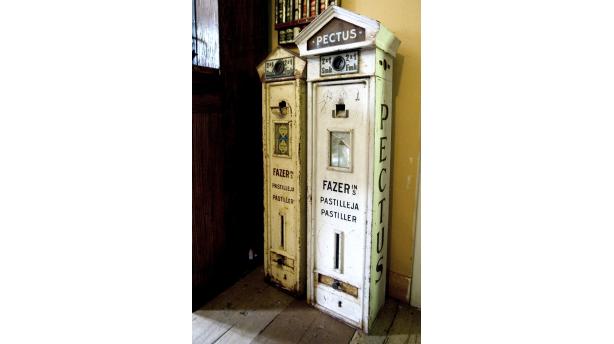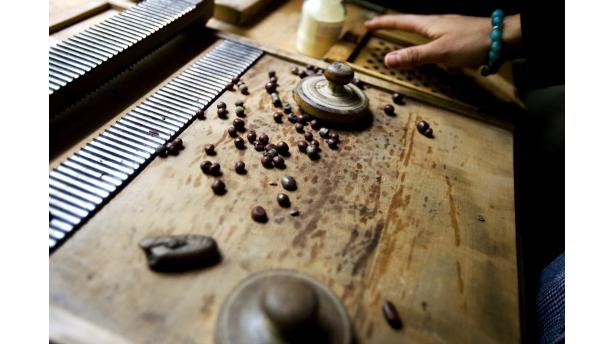Museum A-Ö » Religion and society » Öjskogsparken
Öjskogsparken




Did you know...
The old steam engine “Kaskobässin” has found its final stop at the museum. This impressive locomotive used to operate on the track between Kaskinen and Seinäjoki until 1912.
The Öjskogsparken museum area resembles a condensed agricultural community. There are over 20 historical buildings on the area from a peasant house and school to a pharmacy and a country store. Here you don’t only get to see, what life used to be like, you also get to experience it and much much more!
The site includes over 20 historical buildings and museum spaces. These include an 18th-century farmhouse, a 19th-century schoolhouse, one of Finland’s largest pharmacy museums, and a century-old general store. Buildings, tools, furniture, clothes, and medicine jars – everything is preserved in near-original condition, giving a vivid picture of rural life in the past.Also located here is our newest museum, Stella Polaris, dedicated to the top-secret Operation Stella Polaris, during which much of Finland’s military signals intelligence was moved to Sweden from the village of Nämpnäs in Närpes in September 1944. The museum features presentations and exhibits of wartime military radio equipment. Stella Polaris is open year-round with guided tours (please contact us in advance outside the summer season).
Bengtsgården is a typical Ostrobothnian farmhouse from the 19th century. It was the childhood home of artist Carl Bengts, who at times assisted Akseli Gallén-Kallela. The interior of the main room is largely unchanged since the 1800s, and visitors can almost imagine the past residents sitting at the table. Everyday objects from that era are on display, including a bridal gown with a traditional Sámi crown and complete folk costumes from Närpes. The attic features a toy exhibition.
One of the museum’s highlights is the well-equipped pharmacy museum, one of the largest in Finland, styled as a late-1800s to early-1900s pharmacy. It includes a shop section, a laboratory for preparing medicines, and a room for drying medicinal plants and distillation.
In the country store from 1895, over 700 items are preserved, most from before World War II. Sugar loaves, candy machines, and postwar ration cards all evoke strong nostalgia. Agriculture was an important livelihood in Närpes, and in the agricultural museum, visitors can learn about traditional rural work and life through a wide range of farming, forestry, and fishing equipment.
Närpes is famous for its tomato cultivation, making a museum greenhouse a perfect fit for Öjskogsparken. During the growing season, visitors can follow traditional tomato farming and explore photographs and tools from the early days of tomato cultivation.
Throughout the year, the Närpes Local Heritage Association organizes various events at Öjskogsparken, such as a Midsummer picnic, themed days, and a Christmas market (see website for current info). One of the summer’s highlights is the summer theatre, held at Öjskogsparken’s rotating grandstand.



